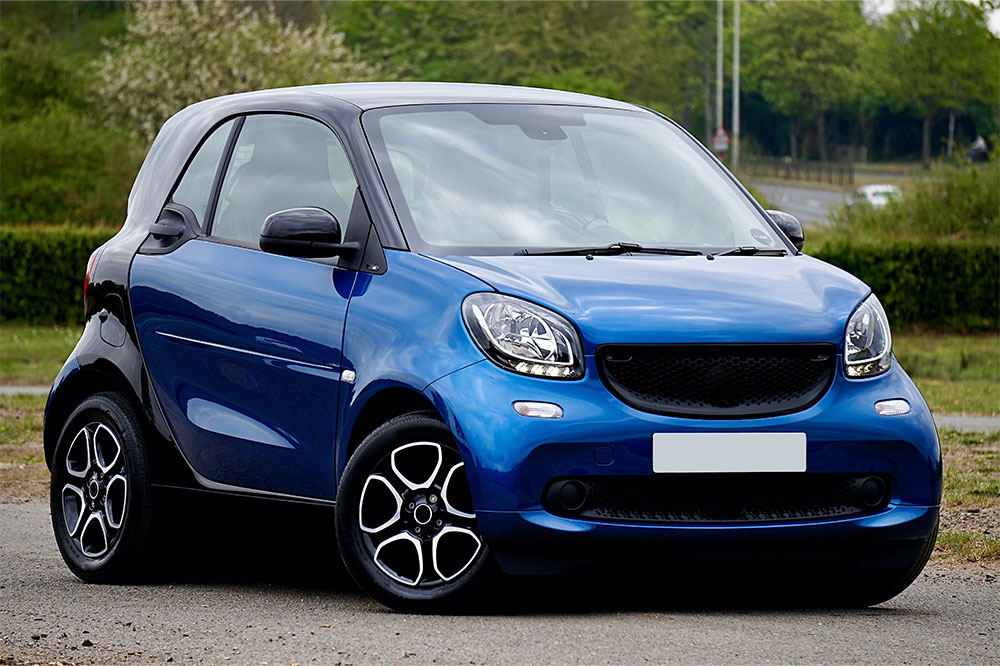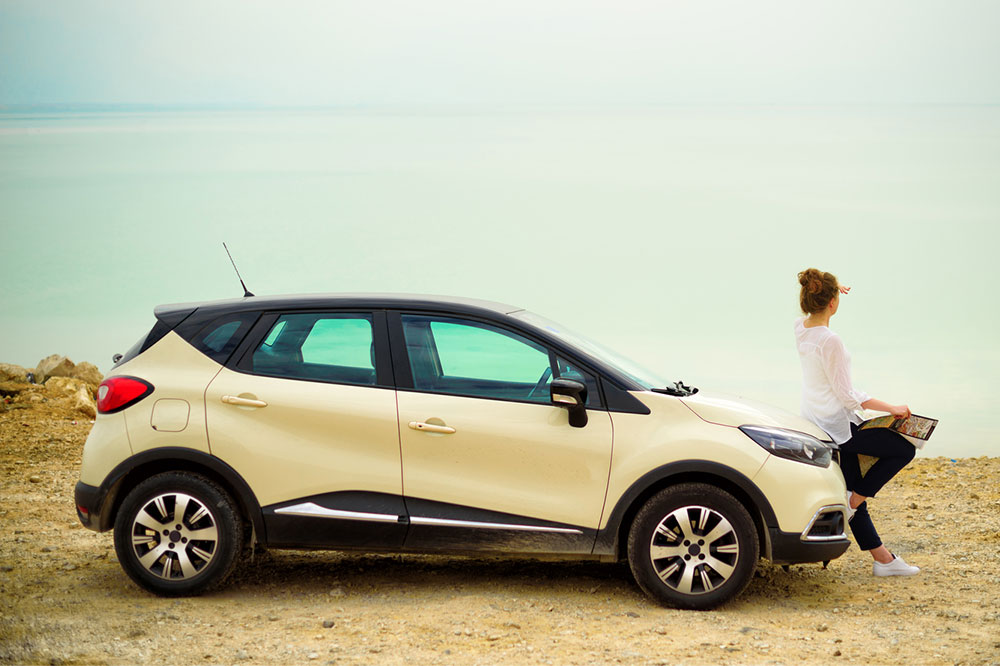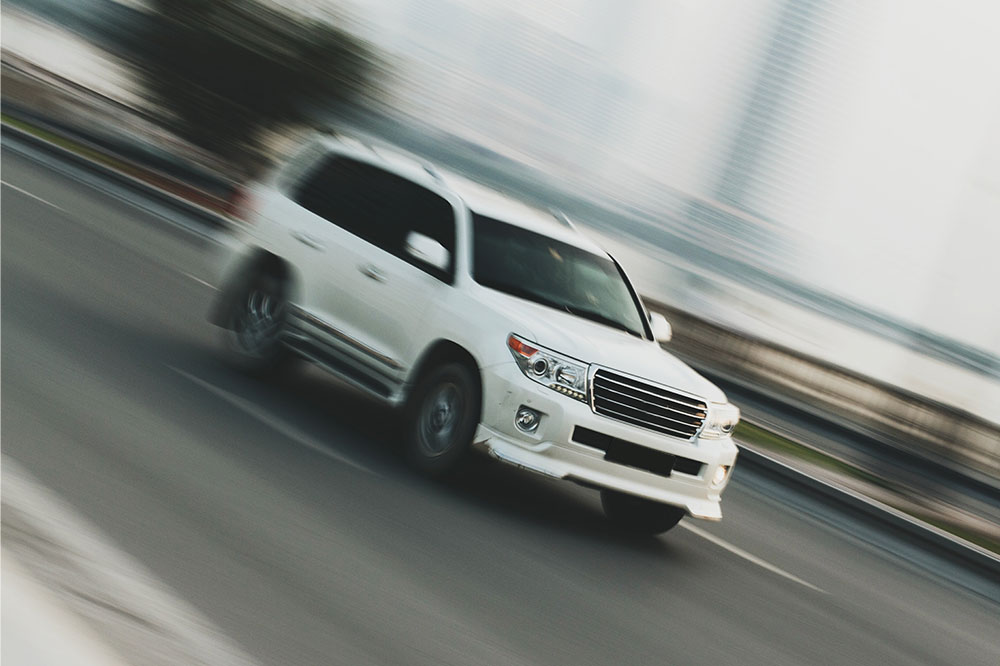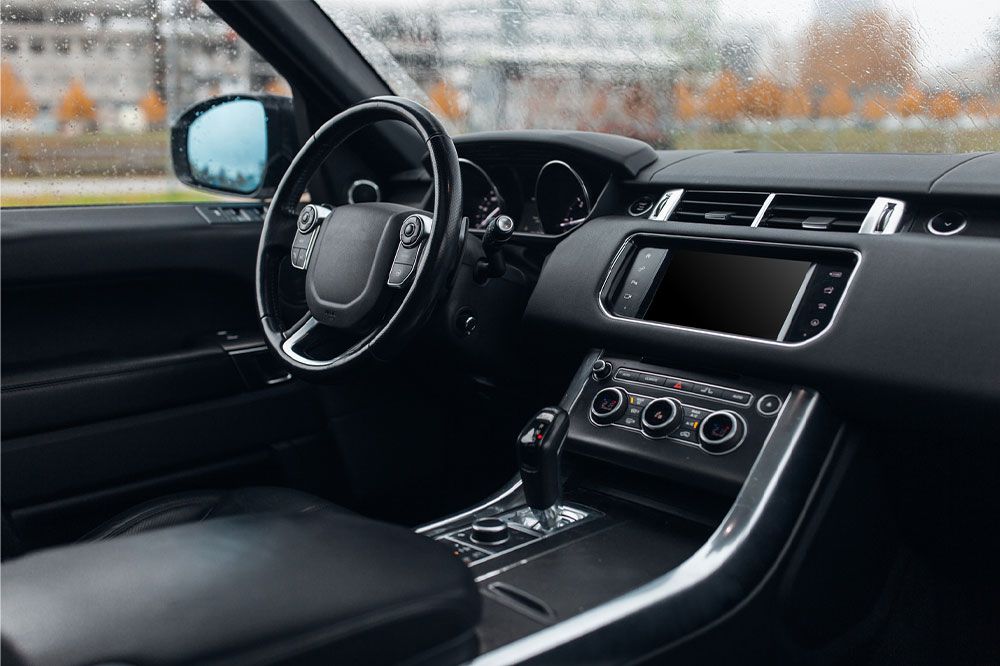Comprehensive Guide to the Smart Fortwo: The Ultimate Urban Compact Car
Discover the comprehensive overview of the Smart Fortwo, a leading urban compact car designed for city driving. This detailed guide covers its design, variants, performance, safety features, and suitability for city life, highlighting why it remains a popular choice among city dwellers. Whether you seek an electric version or a classic coupe, learn what makes the Fortwo an innovative solution for urban mobility, balancing style, efficiency, and practicality for everyday city commuting.

Comprehensive Guide to the Smart Fortwo: The Ultimate Urban Compact Car
The Smart Fortwo has earned a reputation as one of the most distinctive and stylish city cars, specially engineered for urban environments where space is limited and maneuverability is essential. Designed to cater to city dwellers who need an efficient and agile vehicle, the Fortwo's compact dimensions make it remarkably easy to navigate crowded streets, find parking in tight spots, and execute tight turns with minimal effort. Its innovative approach to urban transportation has brought it recognition among city drivers worldwide.
Standing just over eight feet long, the Smart Fortwo exemplifies the perfect blend of size and functionality. Its compact stature is both an asset and a design choice, enabling drivers to enjoy greater flexibility in congested urban settings while maintaining an attractive, modern silhouette. This article offers an in-depth review of the Smart Fortwo, covering important aspects such as the different model variants, design features, performance metrics, fuel efficiency, safety ratings, and overall usability for different types of drivers.
Design and Model Variants
The Smart Fortwo is available primarily in two configurations: the coupe and the cabriolet. The coupe version features a fixed roof, offering a sleek, sporty profile, while the cabriolet provides the thrill of open-air driving with its retractable soft top. Both variants share the same core chassis and mechanical layout, but the cabriolet is reinforced with additional structural supports, such as extra bracing beneath the B-pillar, to ensure safety and stability during open-top driving.
This strategic approach to design ensures that both models maintain their agility and safety, making them appealing options for urban drivers who want style without compromising on protection or practicality. While the coupe is ideal for those seeking a more traditional look, the cabriolet appeals to those who enjoy convertible comfort and the visual appeal of open-air motoring.
Engine and Performance
Under the hood, the Fortwo is optimized for city commuting rather than long-distance cruising. It is powered by a compact 898cc three-cylinder engine that produces 89 horsepower and 100 lb-ft of torque. Initially, the model was equipped with a five-speed automated manual transmission, which delivered decent performance but sometimes felt less refined during city stop-and-go driving. Recognizing the need for smoother operation, manufacturers upgraded this to a six-speed automatic dual-clutch transmission in later models, significantly improving ride comfort and responsiveness.
This enhancement resulted in more seamless acceleration, with the vehicle able to accelerate from 0 to 60 mph in approximately 9.9 seconds—adequate for urban use. The dual-clutch transmission facilitates quick gear shifts, reducing lag and enhancing fuel economy during city driving conditions. The vehicle's compact size allows for exceptional maneuverability, with a tight turning radius that makes parking and navigating narrow streets effortless.
Fuel Efficiency and Variants
The Smart Fortwo remains impressively economical, especially considering its urban focus. It provides an average fuel economy of about 34 miles per gallon (mpg) when equipped with the manual transmission, while automatic transmission models achieve around 35 mpg—solid figures for city cars. Additionally, an all-electric version of the Fortwo is available in select markets, expanding options for eco-conscious drivers.
The electric variant offers a range of around 58 miles per charge, which is suitable for short daily commutes but may be limiting for longer trips or extended urban journeys. However, its quiet operation and low emissions contribute to reduced urban pollution. The electric model's integration into the lineup underscores the manufacturer’s commitment to sustainable urban mobility.
Safety and Ratings
Safety is a critical factor for city drivers, and although specific crash test ratings from the National Highway Traffic Safety Administration (NHTSA) are not available for the latest Fortwo models, its predecessor received positive feedback from the Insurance Institute for Highway Safety (IIHS). The IIHS praised its structural integrity and safety features, making it a trustworthy option for urban environments.
The vehicle is equipped with standard safety features such as crumple zones, reinforced passenger cabins, and safety assist systems. While it may not be designed for the high-speed demands of highway driving or off-road adventures, the Fortwo prioritizes safety in the urban context—perfectly suited for city navigation, parking, and short trips.
Suitability and Limitations
The Smart Fortwo is ideally suited for city residents, young professionals, and anyone needing a compact vehicle that combines style with practicality. Its small size makes it easy to park and maneuver through traffic, and the various design options allow drivers to personalize their vehicle. However, its limited passenger capacity—typically accommodating only two people—and modest fuel efficiency for some users are factors to consider.
Furthermore, the vehicle’s range, especially in the electric version, is constrained, which may limit its utility for longer commutes or highway driving. Vibrations during idle and start-stop conditions can sometimes be felt, which might impact overall comfort during extended city use. Despite these limitations, the Fortwo remains a popular urban transportation solution, especially for those prioritizing style, ease of parking, and city-friendly features.
In conclusion, the Smart Fortwo represents a significant innovation in urban mobility, offering a compact, stylish, and efficient vehicle tailored for city life. Its design versatility, improved performance, and eco-friendly options make it a compelling choice for urban drivers seeking convenience and style in a tiny footprint.





